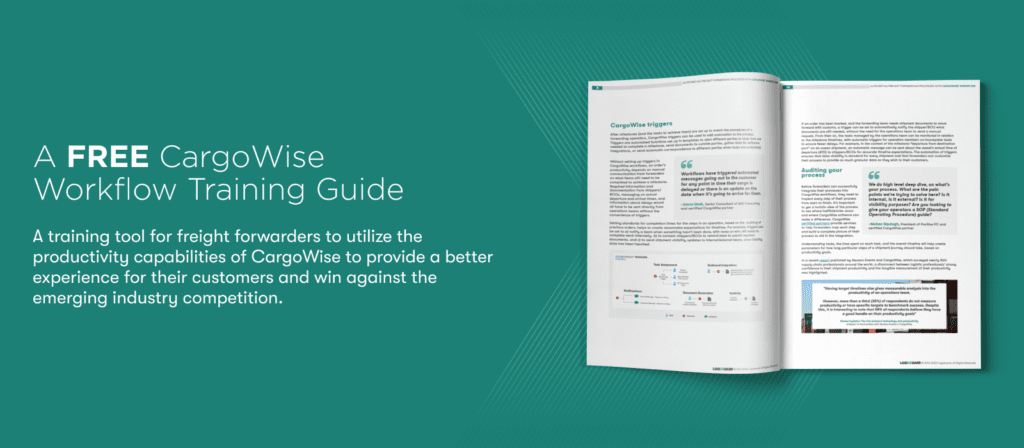In this article
As the logistics industry evolves, reliable data is becoming table stakes for stakeholders across the transit process. Data visibility and insights are a growing expectation for shippers when working with carriers and forwarders. Meanwhile, more freight forwarders are seeing benefits from using their data internally to track day-to-day activities, optimize operations, and improve business intelligence.
However, many forwarders make one key mistake in handling their data: an over reliance on manual processes. Let’s get into the risks of manual data entry in freight forwarding, and how you can leverage automation to get ahead of the competition.
How manual data entry can set you back
As a freight forwarder, a lot of your core business consists of gathering transactional data. However, just because you have data doesn’t mean you’re using it efficiently, especially if you’re doing it all by hand. In fact, managing your data inefficiently can lead to wasted resources, increased errors, and missing information in your system.
Mismanagement of employee time
Manual data entry may be a simple task, but it’s not a quick one. When you don’t have the right system in place to upload data, your employees will need to step up to pick up the slack. Not only does this eat into time they could’ve spent on more valuable tasks, but may also lead to lower engagement and satisfaction. With organizations across the industry struggling with hiring and retention, the last thing you want to do right now is to fuel burnout in your workforce.
Increased errors
Even if you’re able and willing to commit resources to manually entering data into your system, you may still see drawbacks later on in the process. A lot of freight forwarding information includes lengthy codes and strings of characters, such as account or customer reference numbers, that may be subject to human error.
In addition to creating additional friction and delays, seemingly minor mistakes in a single item can directly drive up operational costs. An address correction charge, for instance, can range from $13 to $91 per shipment. Over time, these fees can add up and cut into your bottom line.
Missing data
Shippers rely on data from their forwarders for a range of use cases, from timely status updates to predictive analytics. That’s why many organizations have started integrating digital solutions to give their customers enhanced visibility.
However, if your whole system relies on someone logging in and manually updating information, there’s still not a guarantee that your customers will get that data when they need it. In addition to investing in the right solutions to make data accessible for your customers, you also need to follow a system to ensure it gets updated as needed.
In a recent webinar, Shane D’Aprile of OrangeLime Consulting brought up the concept of “data discipline” to describe this issue. “Your data has to be accurate, [it] has to be reliable, it has to be timely,” he said. “When we implement world class workflow systems for our customers, things can fall over if people don’t pay attention to the data or people aren’t disciplined to put the data in.”
Setting up automation to improve your data quality
One of the best ways to provide reliable, organized data for your organization and your customers is by automating your entry. Start by evaluating the tools you’re already using to see where you can improve your efficiency. For instance, some TMS solutions like CargoWise enable users to streamline their process with built-in workflows and triggers.
In addition to automating your processes internally, make sure your shippers can easily find data by setting up a customer experience platform. With a solution like Logixboard, you can give them access to a single source of truth with real-time visibility into their shipment information. That way, they can easily access the data they need as soon as it’s ready to go.
Final thoughts
As a freight forwarder, relying on manual work can bring down your organization with inefficiencies and errors– especially when it comes to data. Not to mention that lack of tech may be holding you back from dominating your competition. If more than half of your processes are manual, you’re behind 68% of logistics competitors.
As your operation continues to scale, finding the right solution is critical to optimizing your growing collection of data. Find out how these freight forwarders supercharged their customer experience and boosted business with Logixboard:

